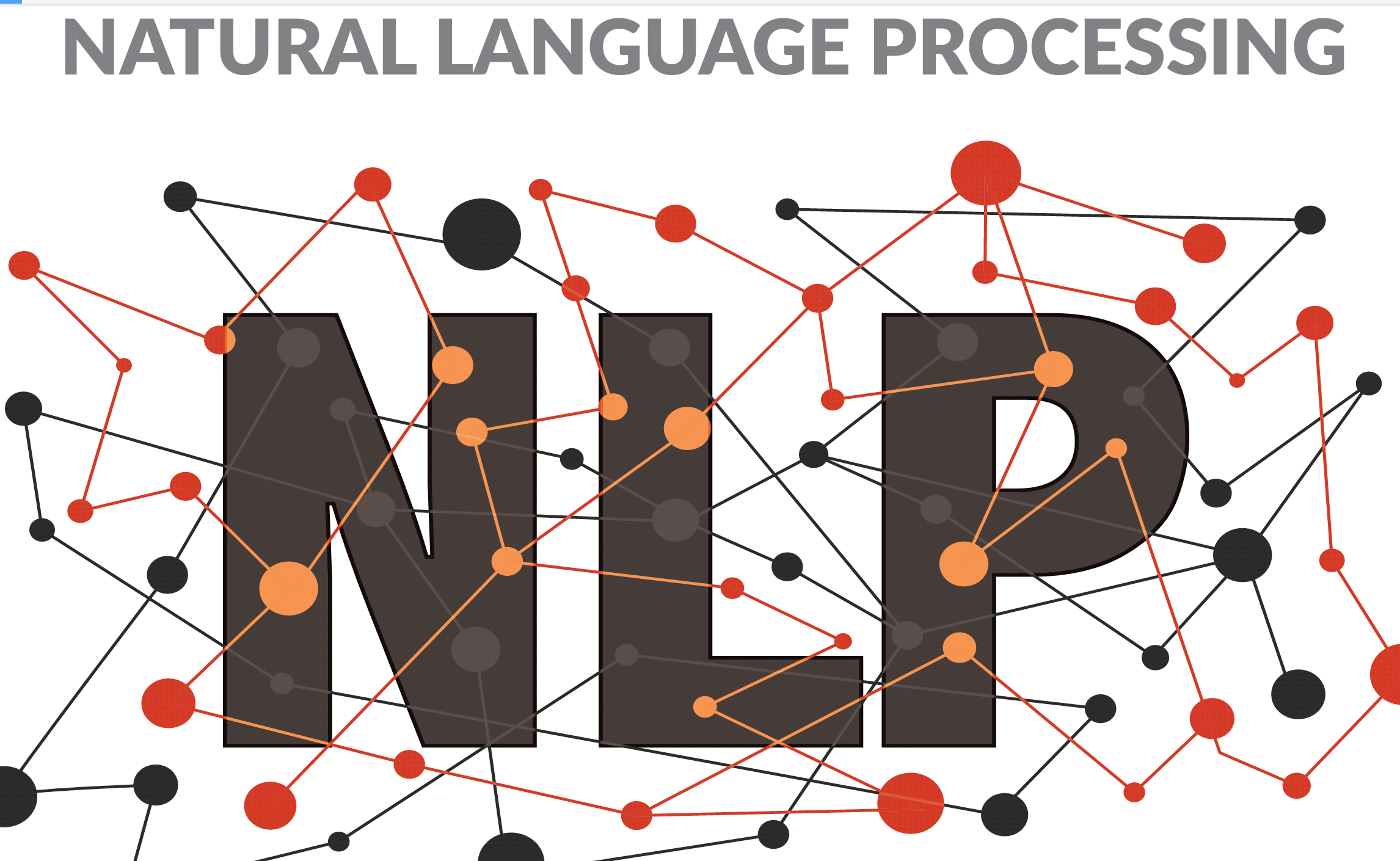
In the span of 10 years, healthcare organizations (HCOs) have gone from having very little information available for data mining to nearly drowning in vast and complex digital information. Simultaneously, the effort required to enter and clean the data has been unsustainably high, affecting clinician morale and analysts’ ability to extract insights for improving population health.
All that is about to change for the better. As revealed in the latest Chilmark Research report, Natural Language Processing: Unlocking the Potential of a Digital Healthcare Era, natural language processing (NLP) technology has advanced enough to automate and augment human processes for more interactive text and speech use cases without being limited by availability of structured data.
Vendors profiled in the report include 3M, Artificial Intelligence in Medicine (an Inspirata Company), Clinithink, Digital Reasoning, Health Catalyst, Health Fidelity, IBM Watson Health, Linguamatics, M*Modal, Nuance, Optum, and SyTrue.
“Traditional clinical documentation practices are inefficient in an era when we have computing tools that can identify trends and insights in data never before imagined. As it stands now, much of what is captured does not result in data collection that can be readily repurposed for secondary use,” according to lead report author Brian Edwards. “We are rapidly approaching the limits of the potential insights to be gleaned from basic computable data available today, and the time has come for the industry to shift its focus to unlocking the data heretofore trapped in unstructured clinical notes.”
Currently, NLP technology is largely used for front-end clinical documentation and back-end coding for claims submissions. The report groups emerging use cases into three categories: Those with a proven ROI and commercially available (such as speech recognition), emerging use cases primed for immediate impact under value-based care models (such as prior authorization and risk adjustment), and next-generation technologies (such as ambient virtual scribe and computational phenotyping).
In addition to the discussion of a dozen featured use cases, the report also outlines the trajectory of NLP adoption, noting both drivers and barriers to adoption, and explains the various rule-based and machine learning methods used by NLP vendors. Additionally, the report offers recommendations for HCOs in the process of adapting and implementing NLP solutions, including how to identify and analyze key performance metrics as differentiators when evaluating solutions. Finally, the report profiles 12 vendors, covering their representative technology, platforms, use cases, and services.
Healthcare organizations and payers considering investing in NLP technologies for either data input or analysis would benefit from this report, especially the buyer recommendations and vender profiles. Vendors looking to incorporate NLP technologies would also benefit from understanding drivers and barriers to implementation, plus the overall trajectory of the market. Consultants, data scientists, and others interested in changing how the healthcare industry collects and analyzes data would also benefit from this in-depth research into one of the fastest growing areas of modern technology.
